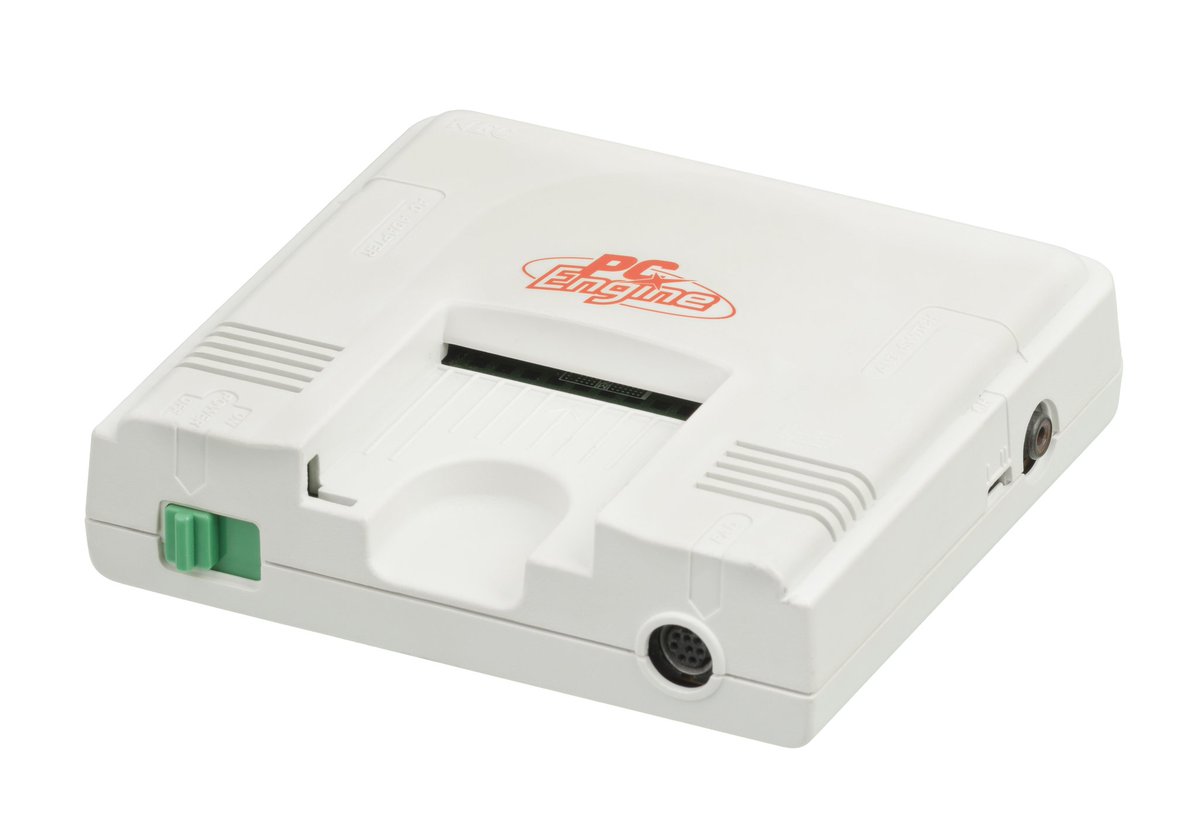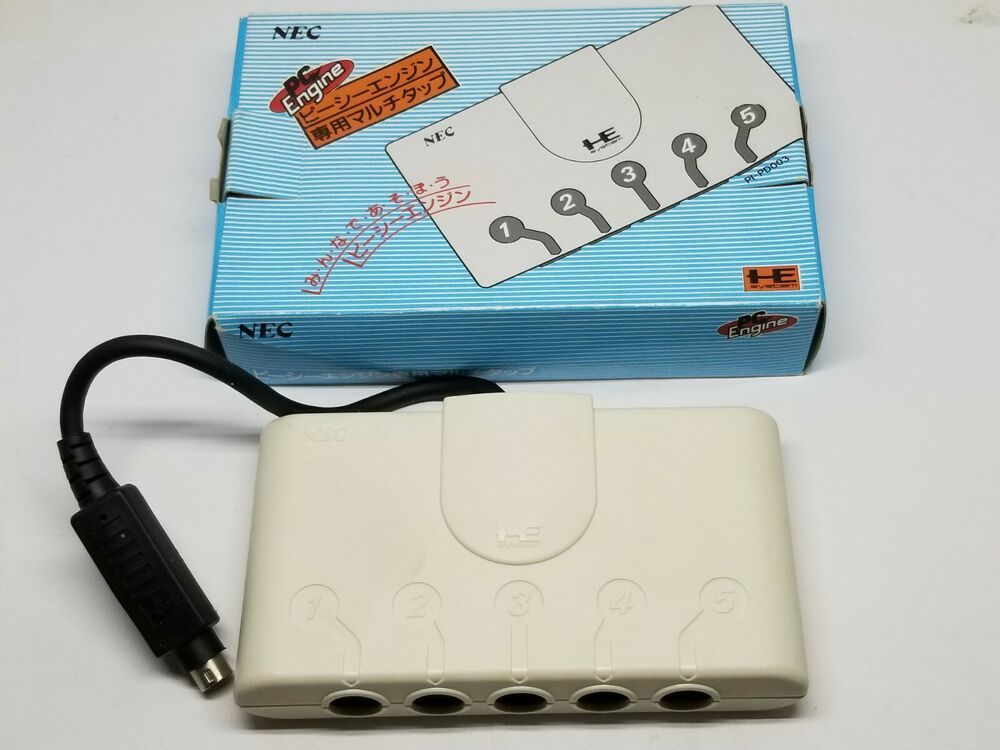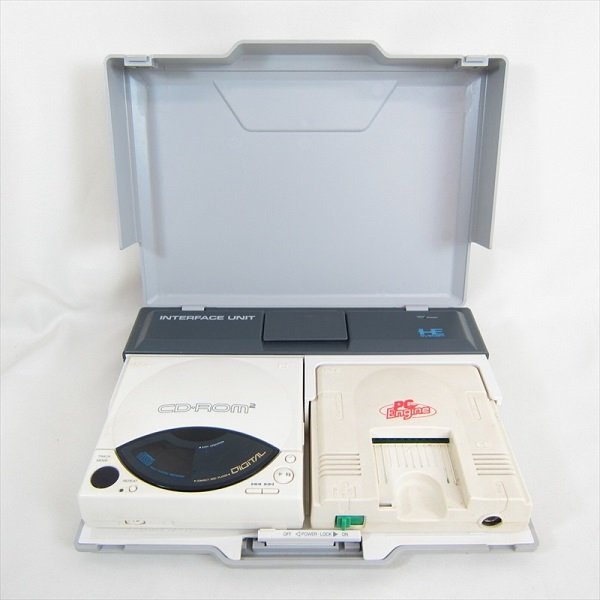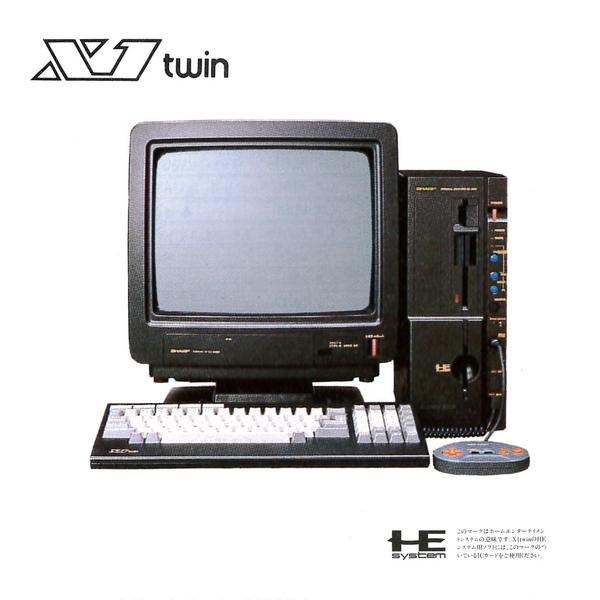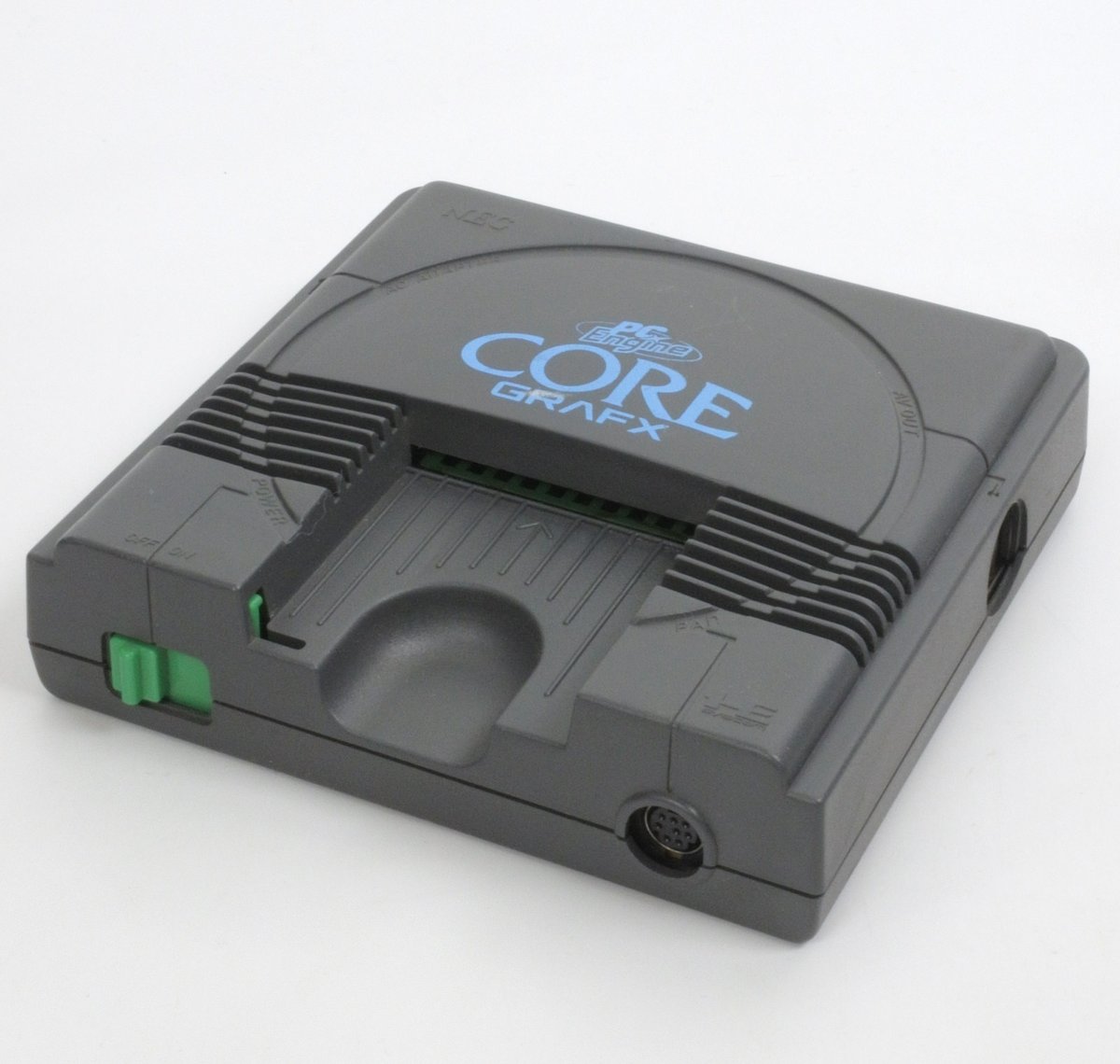The PC Engine. Possibly one of the most daunting consoles to start collecting for, with a multitude of regional variants, CD drives, system cards and accessories released across nearly 7 years. This aims to help by explaining each and every one.
#RETROGAMING
#PCEngine
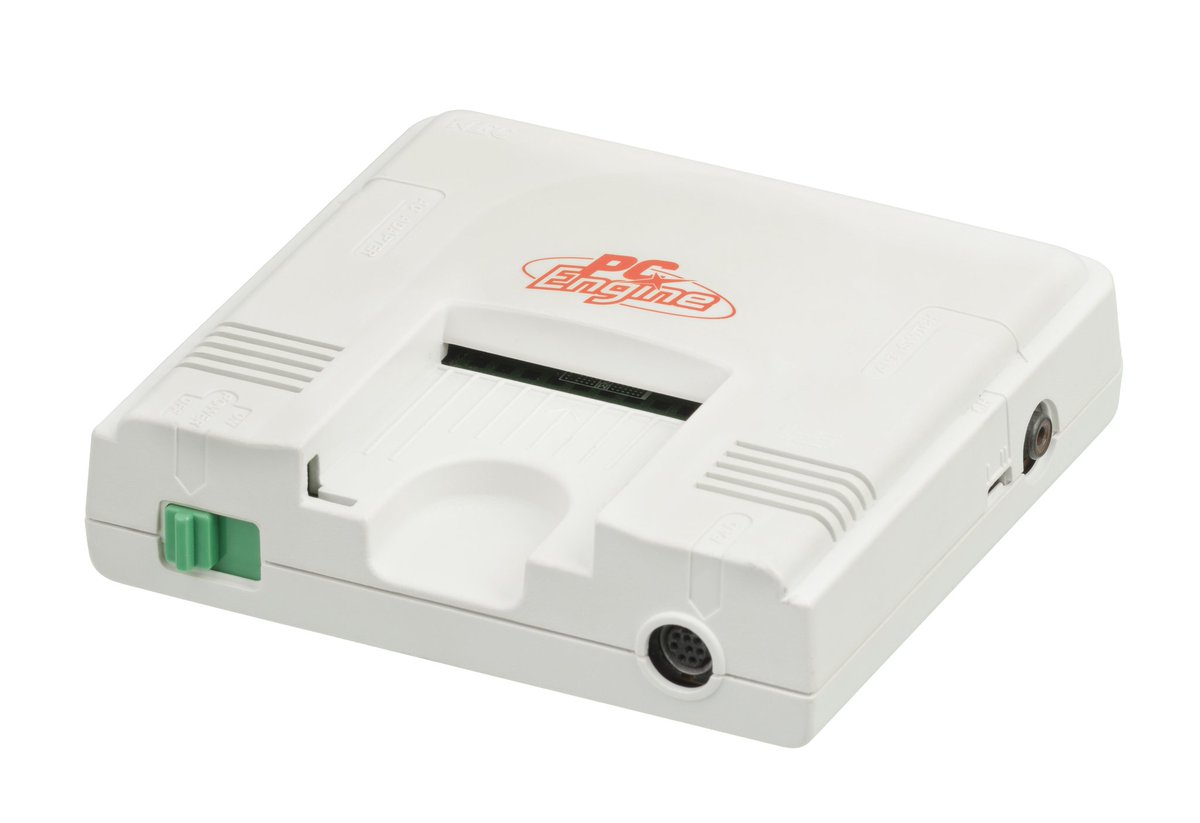
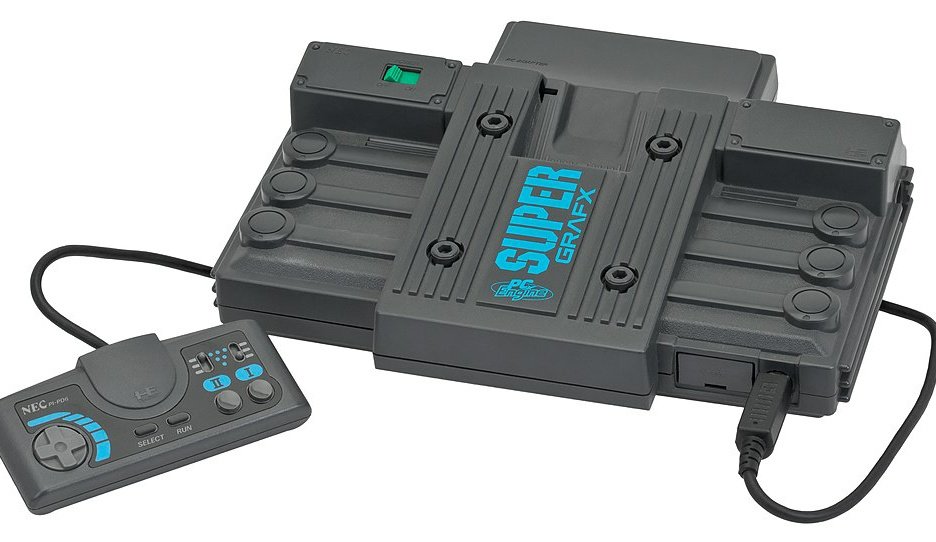
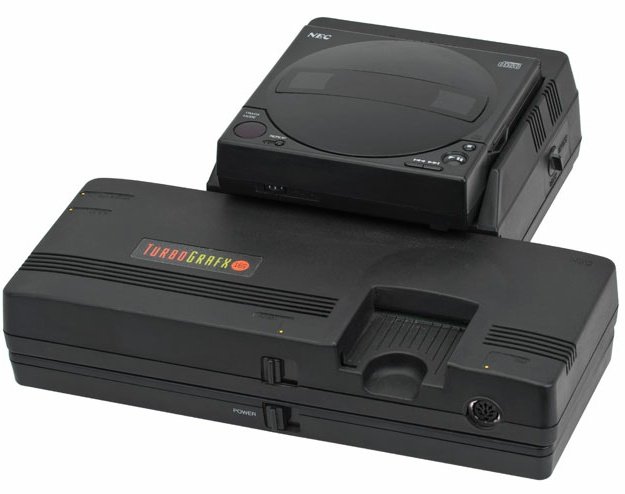
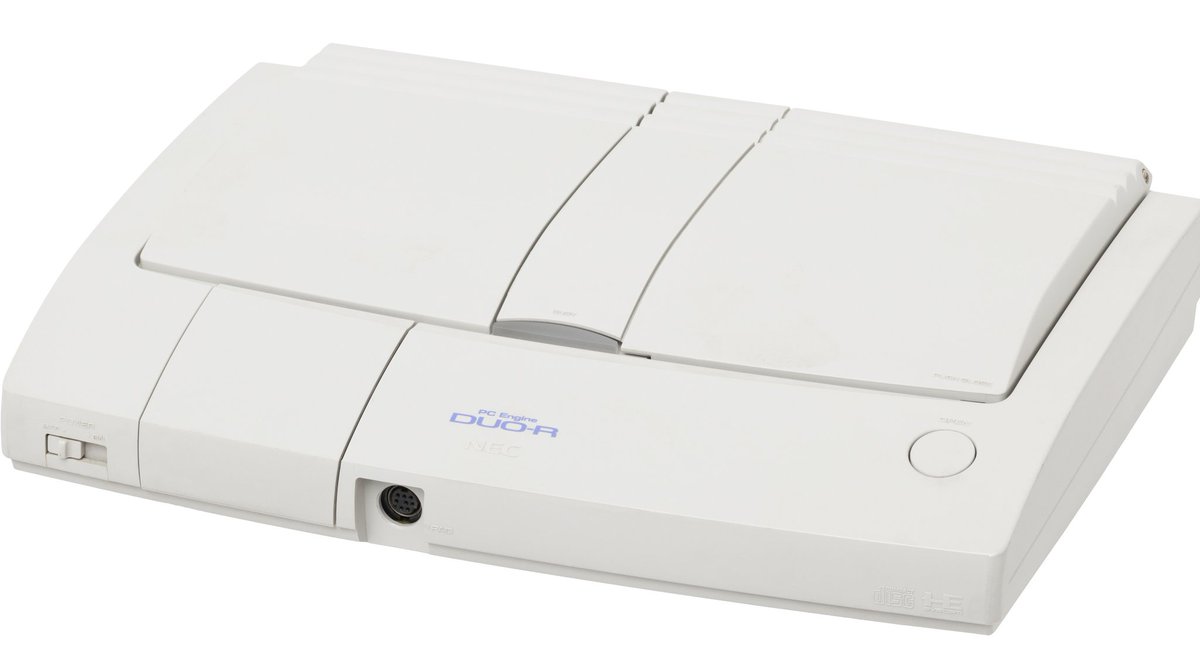
en.m.wikipedia.org/wiki/TurboGraf…
racketboy.com/retro/tubrogra…
pc-engine.co.uk/?section=main
necretro.org/Main_Page

